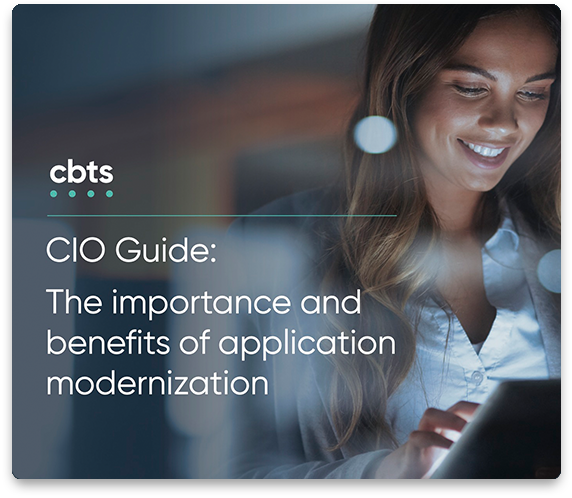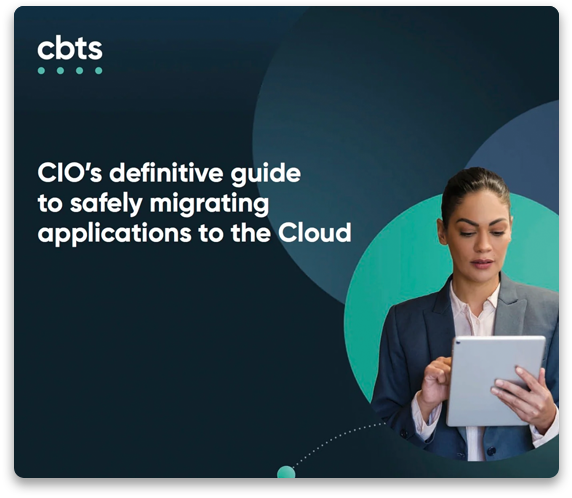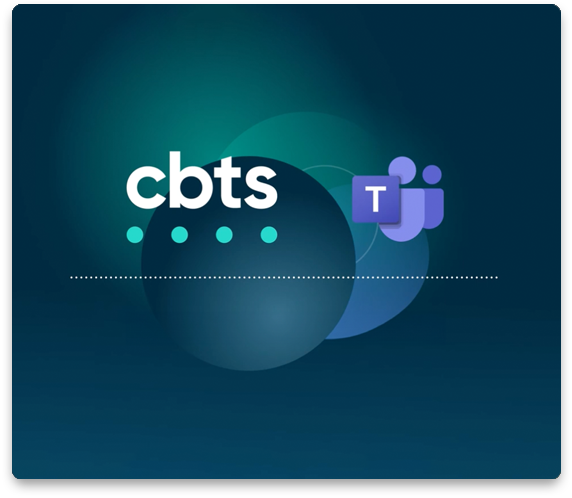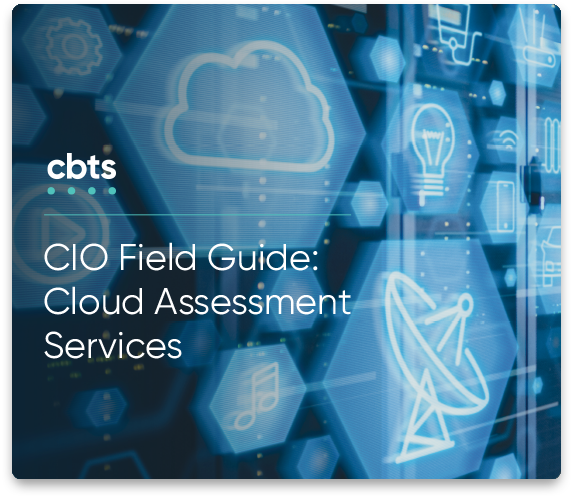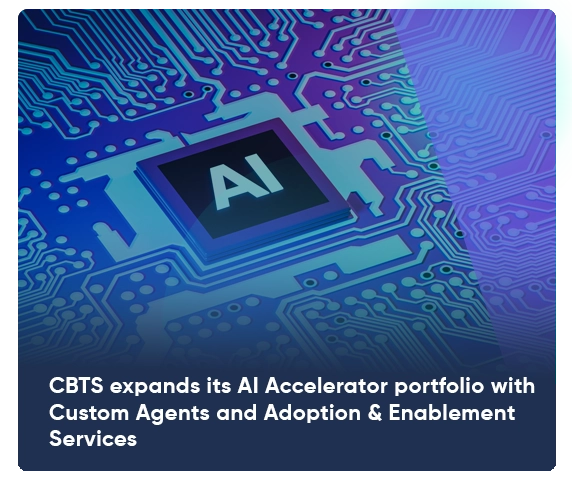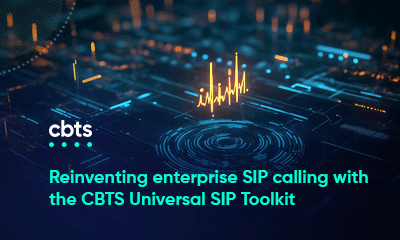
Today’s digital transformations must account for remote and hybrid work, which involves a growing number of end-point devices in off-site locations, multi-cloud architecture, voluminous amounts of data, and advanced cyber threats.
In its 2024 whitepaper, The Impact of AI on the Network, TheCube Research surveyed executives on the causes of increasing network complexity, resulting in a variety of answers.
- 33% of executives reported increased traffic as the top reason.
- 31% of respondents stated greater network distribution as the cause.
- 28% of those surveyed believe multiple management tools are a main reason.
- 26% cited the support of modern applications as the primary driver.
Regardless of the cause, complex networks are challenging to manage and upgrade. They also have a greater chance of failing. Moreover, as network complexities increase, neither budgets nor the talent pool are keeping pace. Human staff alone is not sufficient for complex networks to function proactively and with the strongest security measures possible. This is where artificial intelligence (AI) in networking comes in.
According to Stanford University’s 2025 AI Index Report, AI business usage is accelerating: 78% of organizations reported using AI in 2024, up from 55% the year before. In a McKinsey & Company international CxO survey conducted in fall 2024, 92 percent of executives polled plan to increase their AI spending over the next three years, while 55% anticipate a 10% jump in investment from current spending.
This is unsurprising considering AI can enhance network efficiency. A function of AI for IT Operations (AIOps), AI in networking is a proven solution for optimizing complex networks.
Understanding the functionality of AI in networking
The technologies that support AI mitigate the risks associated with AI-powered secure networking.
- Machine learning (ML) involves algorithms that analyze data, gain insight, and apply it to make predictions and calculate outcomes. They identify patterns, relationships, and correlations, which help automate tasks.
- Large language models (LLMs) are part of ML and produce texts that mimic human speech.
- Natural language processing (NLP) leverages ML algorithms to effectively understand the sentiment and context of human-generated text and speech data to understand human language better.
- Deep learning (DL) is another component of ML that analyzes and interprets characteristics and patterns in massive datasets
Read more: Mitigating risk in the adoption of AI in networking
Capitalizing on the gains
Simply investing in AI is no longer enough. In the McKinsey CxO survey, over a third of U.S. C-suite executives said they now use benchmarking standards to measure the efficacy of AI investments, with 41% citing performance benchmarks as the most critical, followed by 35% measuring AI’s impact on operations.
AI in networking offers many benefits for both end-users and IT managers. Because AI can recognize patterns, it can also identify anomalies. This does not just speed up troubleshooting and remediation for IT professionals; it can automate it. Similarly, AI’s data analysis capabilities can evaluate network performance over a given timeframe, resulting in predictive maintenance that recognizes possible network issues before they even happen. With this advance notice, network administrators can address issues before service disruptions or downtime, ultimately improving the end-user experience.
AI can also alleviate network congestion with intelligent routing. Whereas traditional routing tends to rely on static paths, intelligent routing is dynamic. It aims to improve network traffic by optimizing data paths and reducing latency for more efficient overall network performance.
Read more: AI in networking is a modern solution to sophisticated user privacy risks
Juniper Mist: A seamless solution to AI in networking
Solution provider Juniper Networks, part of Hewlett Packard Enterprise (HPE), includes its routers as a key feature of its AI-native networking platform Mist. The routers deliver a lower total cost of ownership (TCO) than competing vendors. A Juniper-commissioned report found an 83% improvement in capital expenses (CapEx) and a 61% improvement in operational expense (OpEx) compared with another vendor.
Mist employs a common cloud along with Juniper’s Marvis AI engine, combining AI with ML and data science to streamline IT operations, improve the user experience, and offer end-to-end visibility across network domains, including SD-WAN, wireless, wired, and data centers. Juniper Mist reduces trouble tickets by up to 90%, a boon for productivity and reliability.
Juniper Mist in action
Client Port Huron Schools reported an 85% decrease in time spent managing their network. Bizway, another Mist user, reported data center network configuration to be three times faster.
Juniper also deployed Mist for UST, a digital transformation solutions company with over 30,000 employees across 30 countries worldwide. Now equipped with Juniper’s AI-native network and a common Marvis AI engine, UST has reduced TCO and optimized network performance, reliability, and connectivity for its globally distributed team. Using the AIOps tool, user experiences are consistent, and network operations are centralized for IT staff.
Read more: Juniper Mist is driving the next generation of AI in the retail industry
With Prisma SASE, AI doubles down on network security
Another Mist feature is zero-trust security. The security framework is provided at scale through a unified dashboard and single policy framework. This allows for consistent policy enforcement throughout the network and streamlined security operations. How effective is zero-trust security in Juniper’s AI in networking solution? Juniper received a 99.7 percent exploit block rate with zero false positives in the CyberRatings.org 2024 Cloud Network Firewall Report.
Another network security option is AI-powered Prisma secure access service edge (SASE), available through Palo Alto Networks. This is a cloud-based network architecture that integrates zero-trust network access (ZTNA) with other network security functions, including Cloud Access Security Broker (CASB), Secure Web Gateway (SWG), and software-defined wide area network (SD-WAN). AI and machine learning identify potential security threats by recognizing pattern anomalies.
Prisma SASE in action
Prisma SASE improves IT operations by automating functionalities like dynamic traffic routing and predictive analysis, suggesting improvements to SASE policies, and effectively managing and analyzing data to provide insights for smarter decision-making. The networking solution delivers serious Return on Investment (ROI).
In a 2023 Forrester Consulting Total Economic Impact study, a composite organization reflective of the Prisma SASE customers interviewed for the research improved incident management efficiency by 75%. This was attributed to Prisma SASE’s automation and enhanced visibility, as was the 107% ROI achieved over three years and 50% less potential for a data breach. The composite organization has 50,000 employees and $7 billion in annual revenue.
Colgate-Palmolive CISO Alexander Schuchman turned to Palo Alto Networks when he wanted to strengthen the company’s security posture to strengthen the overall business. The new Prisma SASE solution has so far:
- Consolidated six tools into a single console for incident investigation.
- Improved the performance of more than 900 unique business applications throughout business and factory sites. Colgate-Palmolive is globally active in more than 200 countries and territories.
- Blocks more than 200,000 unique threats monthly.
Read more: Palo Alto Networks Prisma SASE: Bolstering network resilience in the era of AI
Enhance your network’s efficiency with CBTS
Networks are only becoming more complex. As that complexity grows, so do the challenges that come with it. Now is the time to get ahead of the curve by investing in an AI-powered networking solution.
As a Juniper Networks partner, CBTS can provide guidance and support in transitioning to and managing an AI-powered Network as a Service (NaaS). Our partner Palo Alto Networks has also recognized us as a NextWave Diamond Innovator because of our extensive expertise and experience in implementing and managing Prisma SASE solutions.
To realize the benefits of AI in your network, contact CBTS today.

